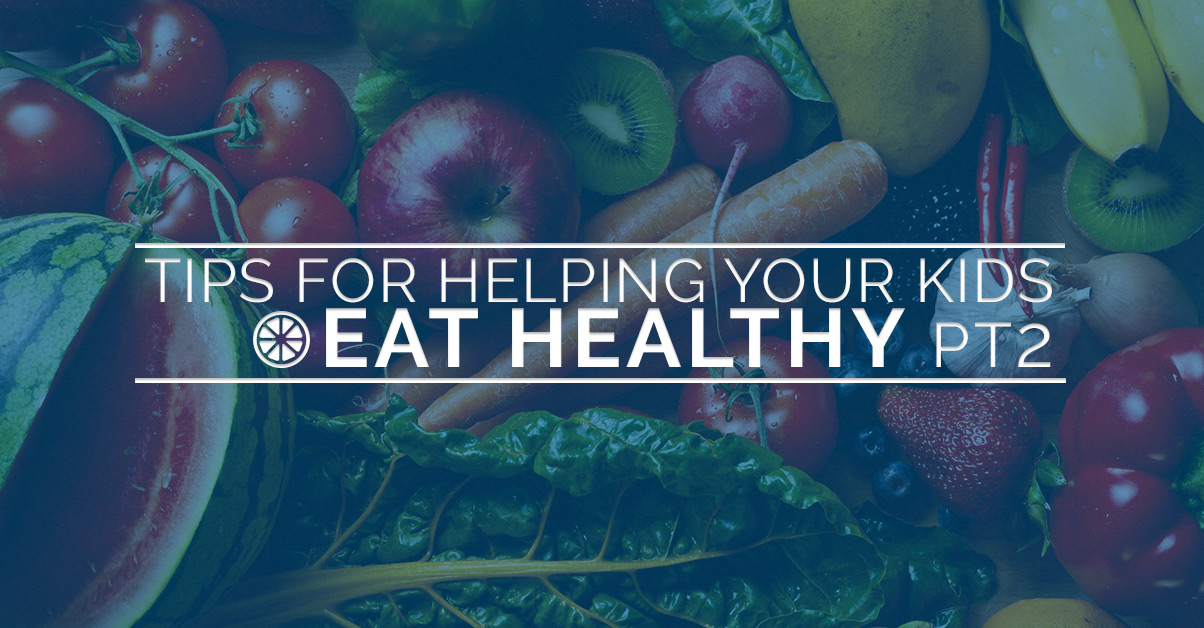More Tips for Helping Your Kids Eat Healthy

There are a number of reasons why indoor trampolines have become incredibly popular over the last few years. They are a relatively inexpensive way to kill a couple of hours, a great way to help your kids burn off lots of excess energy, and they are lots of fun. However, there’s an obesity epidemic sweeping America, and when ⅔’s of American adults are considered to be overweight or obese, parents want to do everything they can to keep that from happening to their kids.
That’s a smart move, but to ensure good health for you and your children, you need to take an extra step. Exercise is good, but eating healthy is better. Doing the both of them in tandem is nearly a guarantee to living a healthy life. Yesterday, we shared a few easy tips to help your kids eat smarter and healthier, and today we’d like to share a few more.
- Most kids have a pretty fierce sweet tooth, which is why they would rather nosh on cookies or candy instead of something a bit better for them. But it doesn’t have to be a binary choice, and you can satisfy the sweet cravings with frozen fruit bars, low-fat pudding, or frozen yogurt. Try making smoothies from yogurt, milk, and fruit that’s frozen or fresh for an appetizing treat.
- Younger kids are notorious for being picky eaters. A good way to help them to eat is by making eating fun. With a cookie cutter, you can transform cheese, tortillas, or bread into whimsical shapes. Using a few skewers will allow you to make fruit kebabs, or you can get out the chopsticks and practice with diced apples or banana slices. You’re only limited by your imagination, so don’t be afraid to get silly.
- For most parents, we don’t get an awful lot of down time. Along with child-raising responsibilities, you also need to work, run errands, and keep your home relatively clean. Take a little pressure off yourself and promote snacking independence. Leave out easy to reach bowls that are filled with fruit, put whole-grain and low sugar cereals in low cabinets, and stash cut-up veggies in containers in the refrigerator.
- This probably won’t come as too much of a surprise to you, but advertising isn’t always truthful. Just because a box says that a snack is fat-free, it doesn’t mean that the snack isn’t loaded with calories. Make sure you closely check out nutrition labels first. That way, you’ll know how healthy it really is, and you can make a more informed choice.
- Remember that when and where snacking happens is just as important as what is being snacked upon. Designate certain areas of the house as snack zones, and don’t let your kids shovel in food in front of the TV or computer. Also, make sure snacks don’t interfere with your main meals. A good rule of thumb is to skip snacks and sugary drinks within 2 hours of breakfast, lunch, or dinner. Your kids won’t be full, and they’ll be able to put away their meal with enthusiasm.


